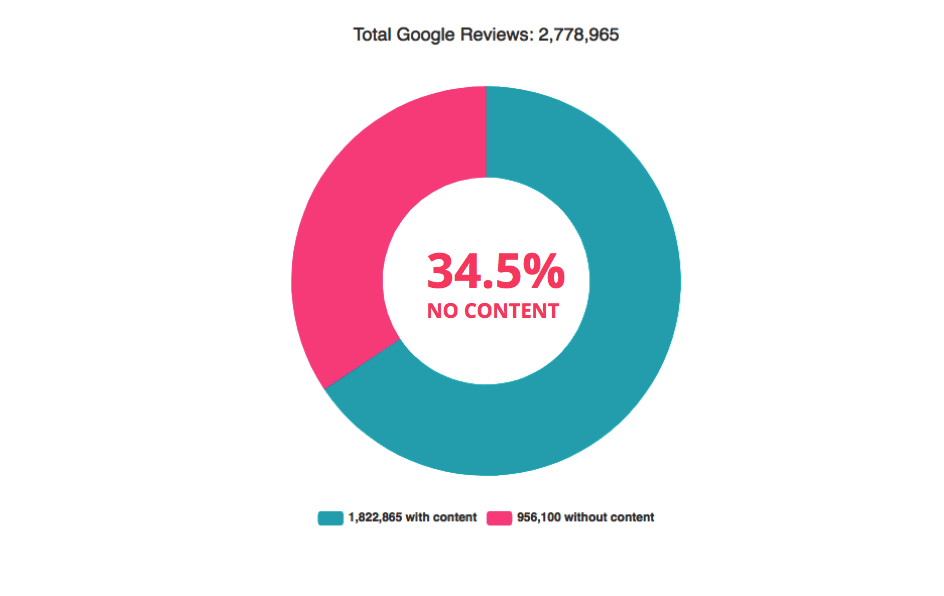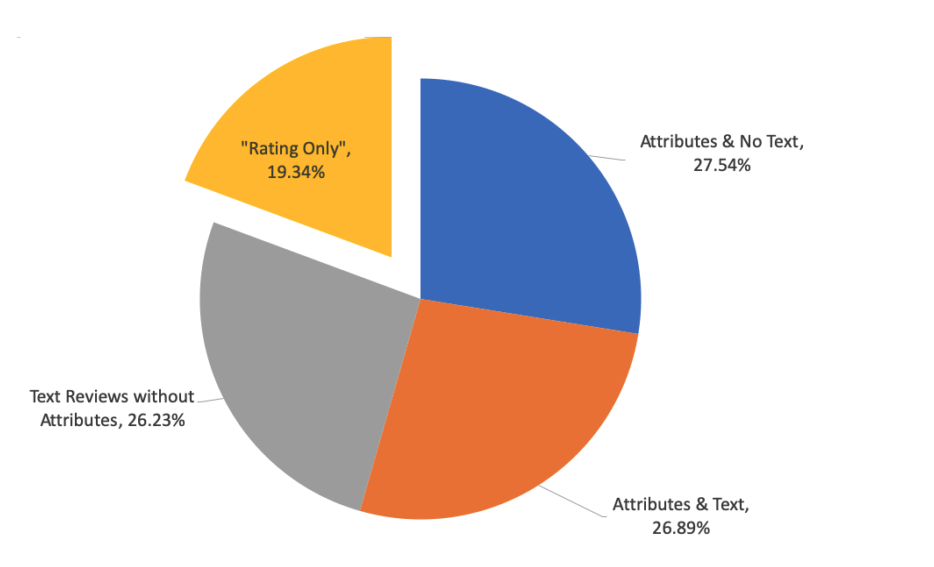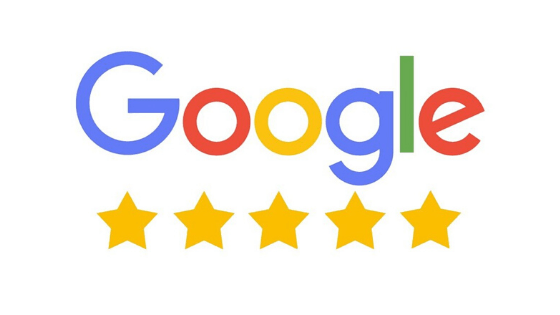GatherUp, a customer experience SaaS platform, wanted to know if Google’s latest effort to address a key problem with its customer reviews content is finally making a difference.
GatherUp looked at a dataset in the insurance category to see if offering reviewers an “attributes” option helped reduce the number of wordless reviews on Google, a long-time goal for the search giant.
According to GatherUp’s Director of Local Research Mike Blumenthal, the early indications are it’s working like a charm.
The Problem with Ratings-Only Reviews
Far too many of Google’s reviews are “ratings only.” These are reviews that only include a star rating, with no words to expand on the reviewer’s experience.
GatherUp found that across all categories, about a third (34.5%) of reviews are ratings only. In the insurance category, which GatherUp examined in detail before and after attributes were introduced, the problem was even more pronounced. GatherUp found more than half (51.76%) of the reviews in the insurance agent category were ratings only.
These “wordless” reviews are problematic for several reasons. First, they offer no information beyond the star ratings. Neither Google nor the business being reviewed learn anything meaningful from a ratings-only review.
And because Google has so many reviews, the wordless reviews contribute to the clustering of results in that murky zone roughly between 4.4 and 4.6. After all, what can you learn about a business if everything falls into this narrow range?
And finally, these ratings-only reviews are easily spammed.
Adding in Attributes
In April, Google rolled out review attributes. This came after several failed attempts to solve the problem — including incentivizing Google’s 100 million Local Guides to write more reviews.
The new review attributes tool prompts reviewers to click on words like “professionalism”, “responsiveness”, “timeliness” to provide essentially a proxy for a written review. Attributes vary by category. Some categories, like salons, value attributes like “cleanliness.” Professional categories like insurance agents might emphasize attributes like “responsiveness.”
Here is how the rating attributes process works. If a rating is positive (four or five stars) the attribute prompts are positive. For a neutral result, Google offers no attributes. And for a negative rating (one or two stars) the attribute prompts are negative. The idea is to make it easy for reviewers to provide enough content to create useful reviews.
In order to see if the new effort was moving the needle, GatherUp looked at a sample of 200 reviews in the insurance agents category. The agency compared the reviews before and after the rollout of attributes in April. It did not look at the period from mid-March through mid-April to isolate the impact of the pandemic.

Huge Decline in “No Content” Ratings
The results were dramatic. As the chart below shows, the number of “no content” reviews fell from more than 50% to less than 20%.
Not only did attributes cause the number of ratings only reviews to decline, but it also spurred modest growth in written reviews. Before the test, 48% of the reviews included text. After attributes, the number was 53%. This includes written reviews without attributes and reviews with both attributes and text.
As an interesting note, many of the reviews with both a written review and attributes used words listed among the attributes in the text.
“People are often at a loss for what to say,” Mike said. “And this [attributes] gives them a suggestion.”
Localogy Audio: Why Ratings-Only Reviews Are Such a Problem

The Impact on Ranking?
At this point, it’s impossible to say precisely how Google will use this new content in its ranking algorithm. But Mike says it is hard to believe that content this rich will not end up contributing to how search results are calculated. As Mike notes, “Google loves data.”
In fact, “we [already] know that words in reviews influence the reach of reviews,” Mike said. “So we have to believe this is likely.”
Looking beyond search, the new rating attributes offer rich data for local businesses to mine for insights.
“The case for the business is more compelling,” Mike said. “This information is valuable.”
Mike sees business operators using the more robust content as fodder for marketing campaigns and to guide them toward operational improvements.
Localogy Audio: Using Review Attributes for Ranking, Business Insights
Related Localogy Coverage





